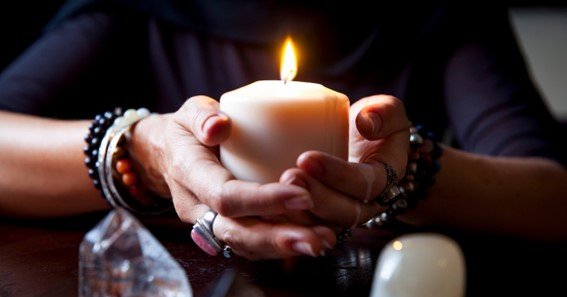Throughout history, candles were made from a variety of materials to provide light. One of the most unconventional sources was the use of bird carcasses as candles, a practice observed in certain cultures that needed alternative sources of illumination when traditional materials were scarce. This unique method showcases human ingenuity and adaptability during times when survival required creative use of available resources.
Historical Use of Bird Carcasses for Light
In areas where typical candle-making materials like beeswax or tallow were inaccessible, certain bird species played an unexpected role in lighting. The practice involved using birds’ natural fats as a fuel source for light. For example:
- Stormy Petrel Candles: In regions like the Shetland Islands, people used the stormy petrel, a bird with a high fat content. A wick inserted down the bird’s throat could transform the carcass into a makeshift candle. This method took advantage of the bird’s natural oils, providing a steady source of light in remote or harsh environments.
- Inuit and Blubber Lamps: The Inuit utilized hollowed-out bird carcasses filled with blubber, creating effective oil lamps to endure the dark Arctic nights. This practice not only illuminated their living spaces but also highlighted the Inuit’s deep connection to the animals they relied upon.
- Scottish Highland Resourcefulness: In Scotland, certain communities would repurpose birds they hunted, using their fat for light during long winter nights. This exemplified the thrifty and resourceful approach of people living in rugged terrains.
Why Use Bird Carcasses?
The choice to use bird carcasses stemmed from a need for practicality in regions where access to traditional candle-making materials was limited. These practices provided a sustainable way to produce light without relying on imported or scarce resources, showcasing a harmonious relationship between humans and nature. Using bird fat as fuel also demonstrated how ancient communities utilized every part of an animal, minimizing waste.
Evolution of Candle-Making Materials
The use of bird carcasses for light eventually gave way to more refined methods as technology advanced. The introduction of beeswax and later paraffin wax revolutionized candle-making, providing cleaner and more reliable sources of illumination. However, the historical use of bird carcasses remains a testament to the innovative spirit of early societies.
FAQ
1. Was it common to use bird carcasses as candles?
This practice was not widespread but was common in specific regions, particularly where traditional candle materials were scarce, such as the Shetland Islands and Arctic regions.
2. Which birds were used for candle-making?
Birds with high fat content, like the stormy petrel and certain seabirds, were preferred due to their natural oils that provided steady light.
3. How did bird carcass candles function?
Typically, a wick was inserted into the bird’s fat-rich body, allowing it to burn similarly to a traditional tallow candle. In some cultures, the carcass was hollowed out and filled with additional fat.
4. Why did people stop using bird carcasses for candles?
As candle-making evolved, cleaner and more efficient materials like beeswax, spermaceti, and paraffin became widely available, making the use of bird carcasses obsolete.
5. What does the use of bird carcasses for light tell us about ancient cultures?
It highlights their adaptability, resourcefulness, and deep understanding of the environment, demonstrating how they maximized available resources to meet everyday needs.
Take a look at this interesting piece disguise-a-turkey-template










